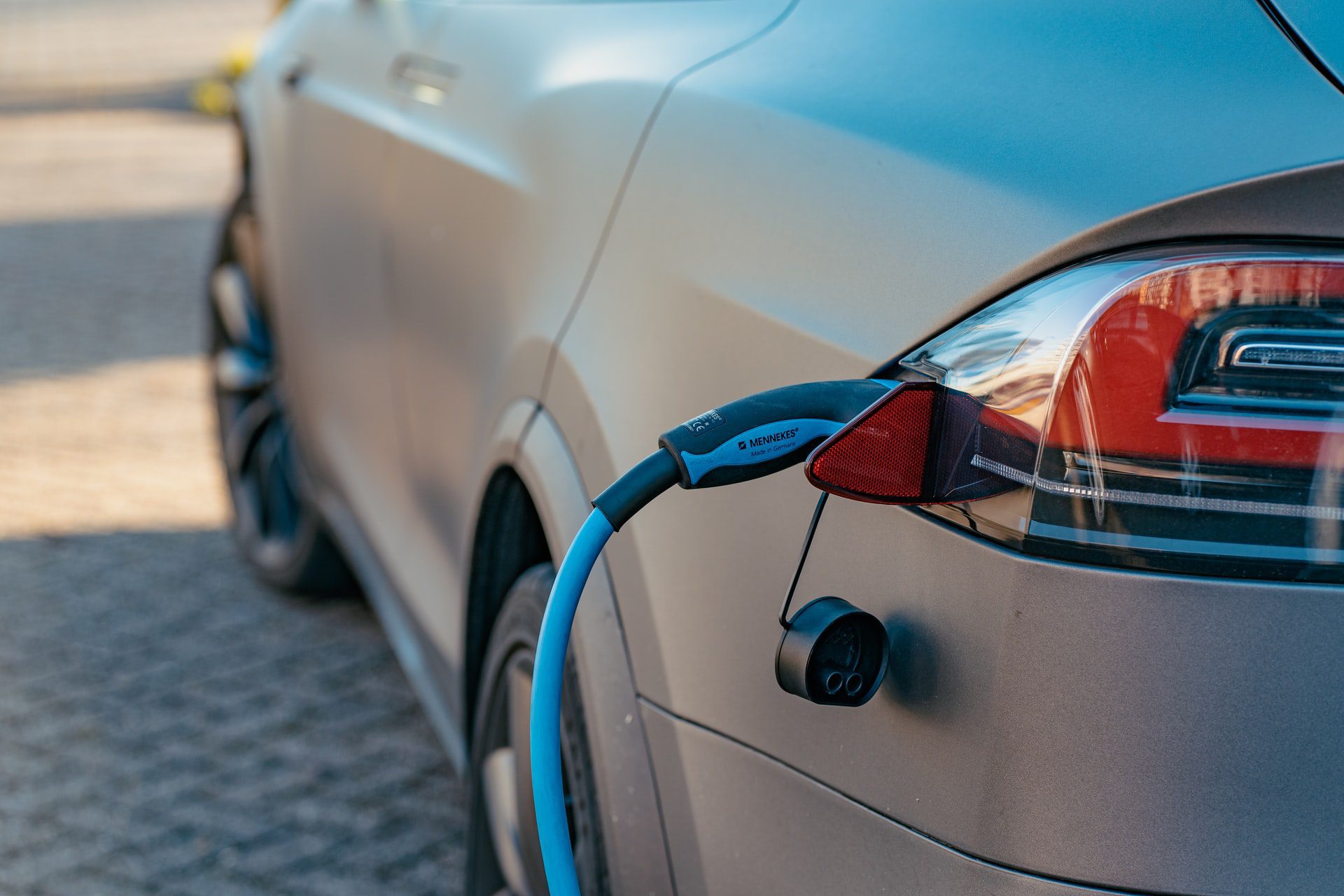The Tampa Bay area can expect a big increase in electric vehicle (EV) charging stations as Florida’s Public Service Commission has approved the Tampa Electric Company’s (TECO) Drive Smart initiative, a four-year pilot program that will install over 200 EV charging stations around metropolitan Tampa.
Tampa Electric Company’s charging stations [200 Level 2 (240-volt)] chargers and four “direct current” fast chargers will be set up in five different types of locations—workplace, public/retail, multi-unit dwellings, income-qualified, and government—by the end of the year with TECO assuming most of the costs. “The pilot program offers an opportunity for businesses to install an EV charger for their customers and employees at little or no installation cost,” explains Kenneth Hernandez, Tampa Electric’s business development manager. Moreover, TECO is expected to cover the equipment and installation costs in income-qualified areas and for government entities.

This pilot program offers the obvious upside of having more EV charging stations available. Currently, Florida ranks third among all U.S states with just over 2,000; however, the U.S. only has around 100,000 charging stations in total. It’s a problematic ratio for the approximate million EVs now on the road–and as EV numbers are expected to rise by the decade’s end. Estimates project between 19 million to 35 million EVs on the road by 2030. Drive Smart provides a crucial boost on the local level, while the new administration’s American Jobs Plan for 500,000 charging stations by 2030 helps increase the numbers on a national scale.
Having more charging stations also makes it easier for EV drivers to use them, which alleviates a prime factor preventing people from purchasing electric vehicles. “Lack of public charging infrastructure, whether perceived or real, is recognized as one of the greatest barriers to plug-in electric vehicle adoption,” according to Tampa Electric. Indeed, a new J.D. Power survey reveals that the main reason stopping people from buying an electric car is concern over charging cars and that more, and easily accessible, EV charging stations will lessen this “range anxiety.”
Additionally, the four-year Drive Smart program provides the tremendous opportunity to get first-hand data on EV topics like owners’ driving habits and charger location usage. This vital, timely research will assist in how best to create the EV infrastructure. A National Renewable Energy Laboratory study recommends that the infrastructure for EVs should be available two years before the cars are on the road. Given that the infrastructure is already running behind electric vehicle numbers, and that electric vehicles predicted growth (in both models and sales), it is important to have EV infrastructure expansion done smartly.
Electric vehicles’ positive environmental impact can’t be underestimated nor ignored. “EVs play an important role to help communities reduce greenhouse gas emissions,” Hernandez explains. “Driving an electric vehicle can reduce carbon dioxide emissions by more than 50 percent compared to a gasoline vehicle. Further emission reductions can be expected as Tampa Electric continues to invest in solar and other clean technology,” Hernandez continued.
According to the Center for Sustainable Energy Research, a $174 billion investment in consumer purchase incentives for non-luxury EVs would prevent $444 billion damages (using a conservative 3 percent discount rate) in long-term impacts of climate change on agriculture, property, ecosystem services, and human health. The 30-year benefit from the cleaner air resulting from this investment would deliver an estimated $80 billion in health savings due to significantly decreased toxic air pollution and a reduction in heart disease, asthma, cancer, and premature deaths.
EVs produce economic benefits as well. The American Jobs Plan proposes a country-wide charging station network that includes a $15 billion investment, which should create an estimated 100,000 U.S. jobs, from building and manufacturing the charging stations and equipment to setting up, operating, and maintaining the charging station network. Moreover, Consumer Reports calculates that EV drivers can save up to $1,000 annually, and $9,000 over the lifetime of an EV, on fuel costs. EV repair costs average out lower than gas-powered cars too. Over the first 50,000 miles, an electric vehicle typically requires $577 in maintenance versus $1,411 for a gas-powered car, creating a $4,600 savings on repairs over an electric vehicle’s lifetime.
Drive Smart represents Tampa Electric’s latest environmentally-focused program. In 2009, it joined other American utility companies in pledging to the Edison Electric Institute, the largest trade organization for investor-owned electric utilities, to promote a multi-platform effort to commercialize electric vehicles. Three years later, TECO helped launch the Tampa Bay Clean Cities Coalition, which supports local initiatives aimed to reduce petroleum consumption in transportation. TECO’s commitment to clean energy is reflected in the company’s “green fleet” vehicles and plug-in vehicle chargers for employees as well as being the first U.S. electric utility with an energy-education program that teaches students about electric vehicle technology. Tampa truly is leading the way with EV charging stations and quickly becoming one of the most friendly cities for electric vehicles.





